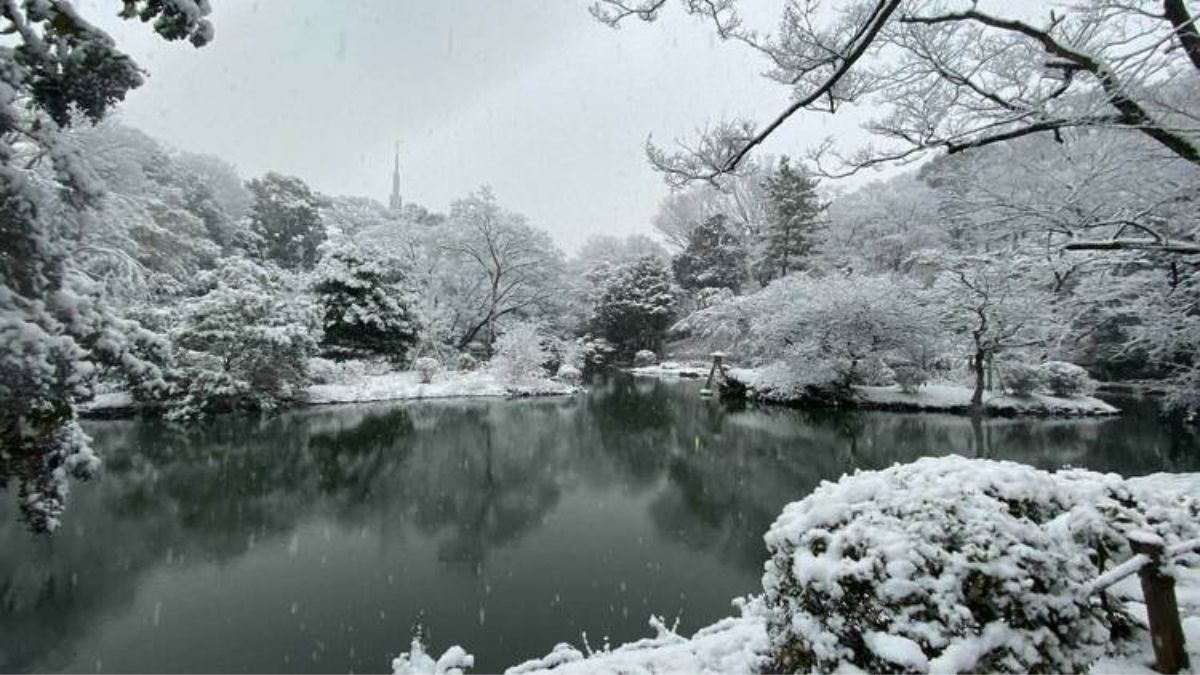 Image Credits-Emma Steen
Image Credits-Emma Steen
Heavy snowfall blanketed eastern Japan, leading to a surge in hospitalizations as individuals grappled with the conditions. Tokyo, in particular, bore the brunt of the snowstorm, with over 130 people admitted to hospitals on Tuesday, according to the Tokyo Fire Department. These incidents spanned across age groups, from as young as 4 to as old as 92, although fortunately, none of the injuries were deemed life-threatening. Neighboring Kanagawa and Saitama Prefectures also reported additional injuries, with more than 30 and 50 individuals affected, respectively.
Despite the Japan Meteorological Agency lifting heavy snow warnings across nine prefectures, pockets of eastern Japan continued to experience snowfall and rain well into the morning hours. The adverse weather conditions disrupted transportation networks, temporarily halting sections of East Japan Railway’s Chuo Line and Ome Line. However, by Tuesday afternoon, most sections had resumed operations, easing some of the travel disruptions.
The severity of the snowstorm was underscored by the plight of passengers stranded aboard express trains operated by JR East. Some trains remained immobilized at stations for over 10 hours, leaving more than 1,600 passengers handicapped. Medical attention was required for one passenger who fell ill during the protracted wait, highlighting the challenges posed by the weather.
Air travel was similarly affected, with All Nippon Airways and Japan Airlines canceling around 30 domestic flights, primarily to and from Tokyo’s Haneda airport. The ensuing chaos at transportation hubs, such as Tokyo’s Shinjuku Station, saw frustrated passengers scrambling to secure refunds and explore alternative travel arrangements.
The disruption caused by the snowstorm extended beyond transportation, impacting daily activities and business engagements. One commuter lamented the challenge of rescheduling meetings due to canceled trains, reflecting the broader disruption to productivity and schedules.
Weather authorities noted varying degrees of snowfall across affected regions, with Maebashi in Gunma Prefecture recording the highest accumulation at 11 centimeters by Monday evening. Central Tokyo and Saitama each saw 8 centimeters of snow, further highlighting the widespread impact of the storm.
As the region continues to grapple with the aftermath of the snowstorm, authorities emphasize the importance of preparedness and caution. With ongoing monitoring and advisories in place, residents are urged to exercise vigilance while navigating the aftermath of the severe weather conditions.
